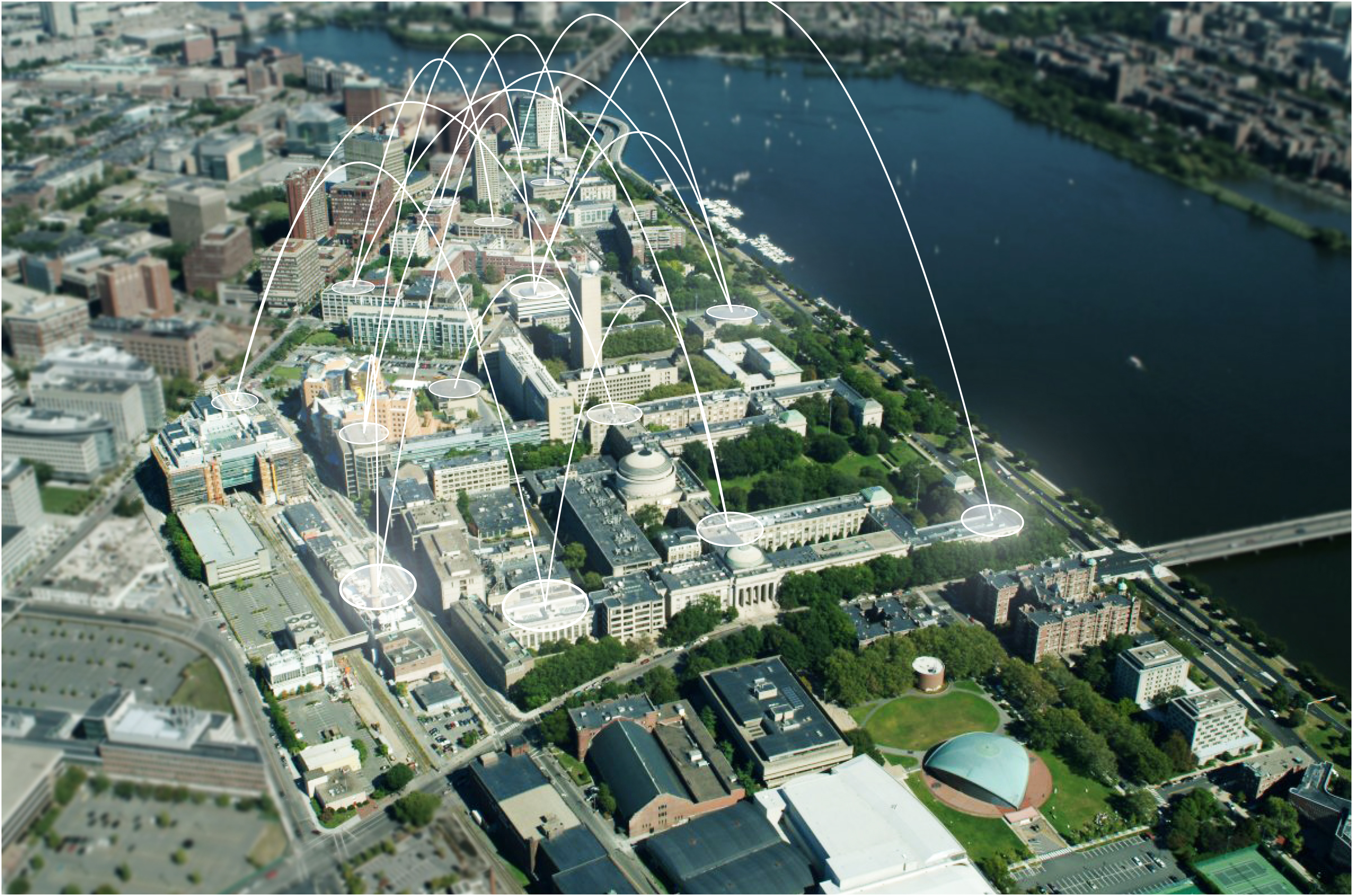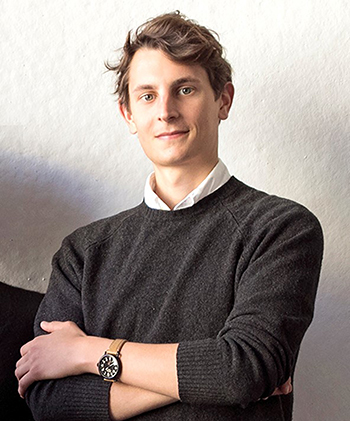Grad Life: The Magnetism of a Digital-Era Campus
-
-
slice.mit.edu
Filed Under
Recommended

I am from California, and one of the first things people (incredulously!) ask is why I ended up in the northeast. If you were here during the winter of 2014, I would bet that you asked yourself the same thing.
Once we enroll at MIT, we migrate to Cambridge, and then trek to campus almost every day. We spend our hours in these buildings—despite that an entirely successful dissertation year could probably be spent in pajamas, from the comfort of an IKEA Føåmy mattress.
There must be a certain magnetism that drew us to campus. It’s an air that we’ve been breathing from day one, co-respirating with some of the brightest minds of our generation and previous ones. We brush shoulders with our peers and mentors and heroes—that’s the magic of being here. It’s large enough for a panoply of ideas, perspectives, passions, and proficiencies, but close enough for a spark of serendipity—in this intellectual density, you can’t help but stumble upon people doing wildly fascinating things. Discovering those ideas causes you to reconsider your own work in a new light, and in some cases, redirect its course. Whether implicitly, explicitly, or by proxy, we’ve all experienced this richness of the campus ecology.

Campuses have been around for a long time. It’s an effective spatial unit for collaborative knowledge. Cambridge (the older one) has been a university for over 800 years, and for most of that history, productive communication was almost exclusively in person. The campus was necessary. Participating in and advancing human knowledge meant making a pilgrimage, of sorts, to the mecca of academia.
And what about today? I can take any MOOC online or Skype any collaborator or VPN my way into any library archive, from anywhere in the world. It’s usually easier to schedule a meeting by phone than down the hall. In short, the question that motivates my research is, what is the importance of the campus in a digital era? To answer this, I set out to empirically map how physical space defines collaboration at MIT.
What seems at first like a qualitative observation, in fact, has quite a bit of data behind it, and analytical tools in front of it. I had the opportunity to work with the Office of Institutional Research, the office of facilities, and the MIT Data Warehouse to bring together bibliometric data (papers and patents), directory data (affiliations and office numbers), and spatial data (campus GIS maps). With these datasets linked together, I applied statistical analysis to understand department-level and building-level patterns, spatial analysis (to define the individual and relative positioning for each person) and network science (to understand collaboration).
The topology, or community structure, of the collaboration network reveals a spatial bias for patenting–heterogeneous teams form within the same building. At the same time, there is an affiliation bias for co-authoring (homogeneous teams from the same discipline). This suggests that co-inventors collaborate around projects, benefitting from access to equipment and a breadth of expertise, while co-authors collaborate within domains of scholarship to advance the knowledge of a particular subject.
The second interesting result is an exponential relationship between proximity and collaboration. You could think of it like dandelion seeds—there is a higher likelihood of finding a seed close to the flower, and the likelihood decays exponentially as the distance increases. MIT faculty are more likely to find a collaborator close by. This ‘collaborative pollination’ model is consistent for papers, patents, and for specifically cross-disciplinary work.
Returning to that first intuition about the campus—the magnetism that brought us here—it’s clear that proximity and space influence scientific collaboration. The campus defines our community structures and the way knowledge is produced. This research is a first step toward understanding science in space—and could ultimately point to new policies and spatial planning that support collaborative innovation. We were drawn to this campus, and now we’re entangled in its knowledge network.
Grad Life blog posts offer insights from current MIT graduate students on Slice of MIT.







